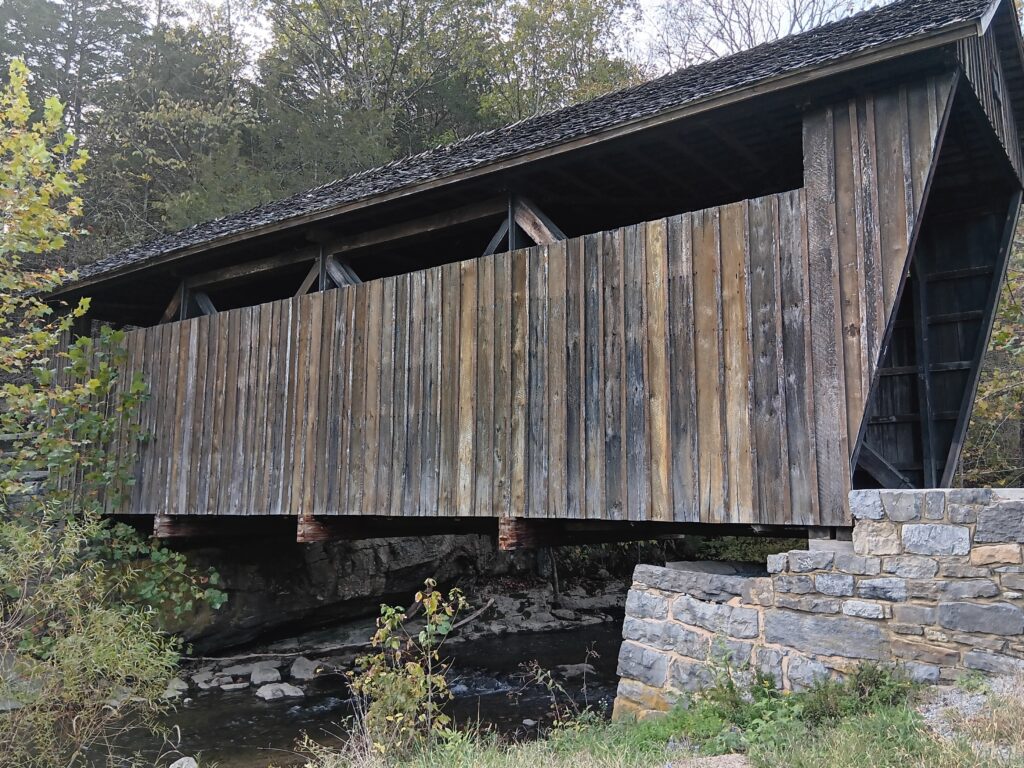Yesterday was a lovely autumn day, and Dave and I resumed our rambling road trips. It was a bit early to see much color in the trees, though we did see a few beginning to turn. Our destination was over the border into West Virginia. As often happens, Dave had seen a post online about the town of Lewisburg, so off we went. We discovered a charming small town with a historic district offering glimpses into the past. Before exploring the town, we had a delicious lunch at The Humble Tomato, inside a home dating to 1790.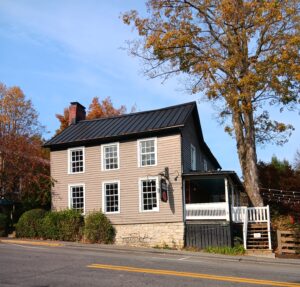
Prior to European settlement, the area was inhabited by various tribes, particularly the Shawnee, who were drawn to the rivers, fertile lands, and abundant hunting. By the time settlers arrived in the area, these indigenous people had already been displaced by colonial expansion in other areas. Scottish, Scots-Irish, and German settlers poured into the area drawn there for the same reasons the natives had been.
While the town of Lewisburg was founded in 1782, the area had been a known settlement for several decades. A young surveyor, Andrew Lewis, established a camp near the spring in 1751. Located behind the present courthouse, it is still known today as the Lewis Spring.
Fort Savannah was built to protect the settlers in 1759, and a community grew up around it. During Pontiac’s Rebellion in 1763, many of the settlers in the Greenbriar area were wiped out. However, by 1770, it was a stronghold under the command of Andrew Lewis. In 1774, Lord Dunmore, Governor of Virginia, commanded Colonel Lewis to “gather willing and able men” to go to the Kanawha River and make a stand against the native forces gathering there. Later known as Lord Dunmore’s War, 1,490 soldiers gathered between Fort Pitt (Pittsburg) and Fort Union (Lewisburg). Lewis led his men down the New and Kanawha Rivers toward the Ohio, where they fought an inconclusive battle, later dubbed the Battle of Point Pleasant.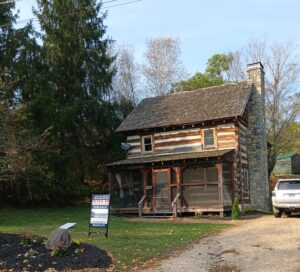
The Battle of Fort Donnally occurred in the area during the American Revolution. This action was part of a broader conflict between the settlers and a group of natives aligned with the British. On May 29, 1778, a force of roughly 200 Shawnee and Mingo warriors attacked the fort. Forewarned by Dick Pointer, an African American scout, the American force under Colonel Andrew Lewis held the fort, marking a significant victory for the colonists.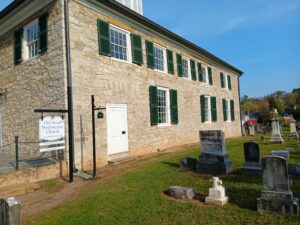
The town was formally laid out in 1780 by Matthew Arbuckle, Sr. Among the first trustees was Col. John Stuart (1749-1823), a Revolutionary War commander who surveyed the area and is known as the Father of Greenbriar County. Stuart donated the land for the courthouse (1778) and the Old Stone Presbyterian Church (1783). By an act of the Virginia General Assembly, Lewisburg was formally established in 1782. To accommodate Virginians living west of the mountains, an official court sat at Lewisburg, where Patrick Henry successfully defended a client in a murder trial.
Because of its strategic location in the Allegheny Mountains and its growing prosperity, the town grew in prominence and played an essential role in West Virginia’s past. During the Civil War, the city saw skirmishes and occupation by both Confederate and Union forces.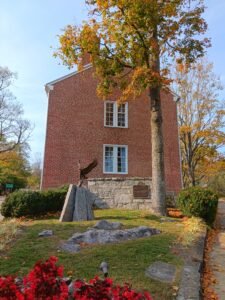
Besides its collection of historic buildings, other sites nearby include the Lost World Caverns and Organ Cave. Today, many visit the area to take advantage of the beautiful scenery, hiking, biking, fishing, and golf. In fact, Lewisburg was the home of William Cammack Campbell (1923-2013). This outstanding golfer was the only man in the history of golf to serve as both the President of the United States Golf Association and as Captain of the Royal and Ancient Golf Club of St. Andrews in Scotland. He was one of only three Americans ever chosen to lead the prestigious Royal and Ancient, founded in 1754.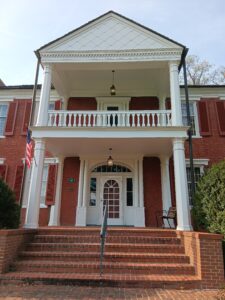
In the early 19th century, the town became a center for learning with the establishment of the Lewisburg Academy in 1812.
Lewisburg combines its rich history with arts and culture. The town hosts one of only four Carnegie Halls still in continuous use. Festivals can be found throughout the year, including a literary festival celebrating the written word and a chocolate festival held in April. The West Virginia State Fair is held nearby. During the holidays, the town is known for Belsnickle or Old Christmas, and the Shanghai Parade on New Year’s Day.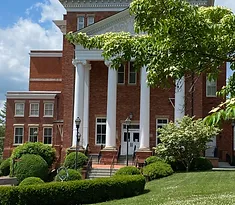
All in all, it was a day of beautiful scenery, historic sites, and even a covered bridge we discovered along the way. It was the type of outing that Dave and I love. If you have a free day, what do you enjoy?
